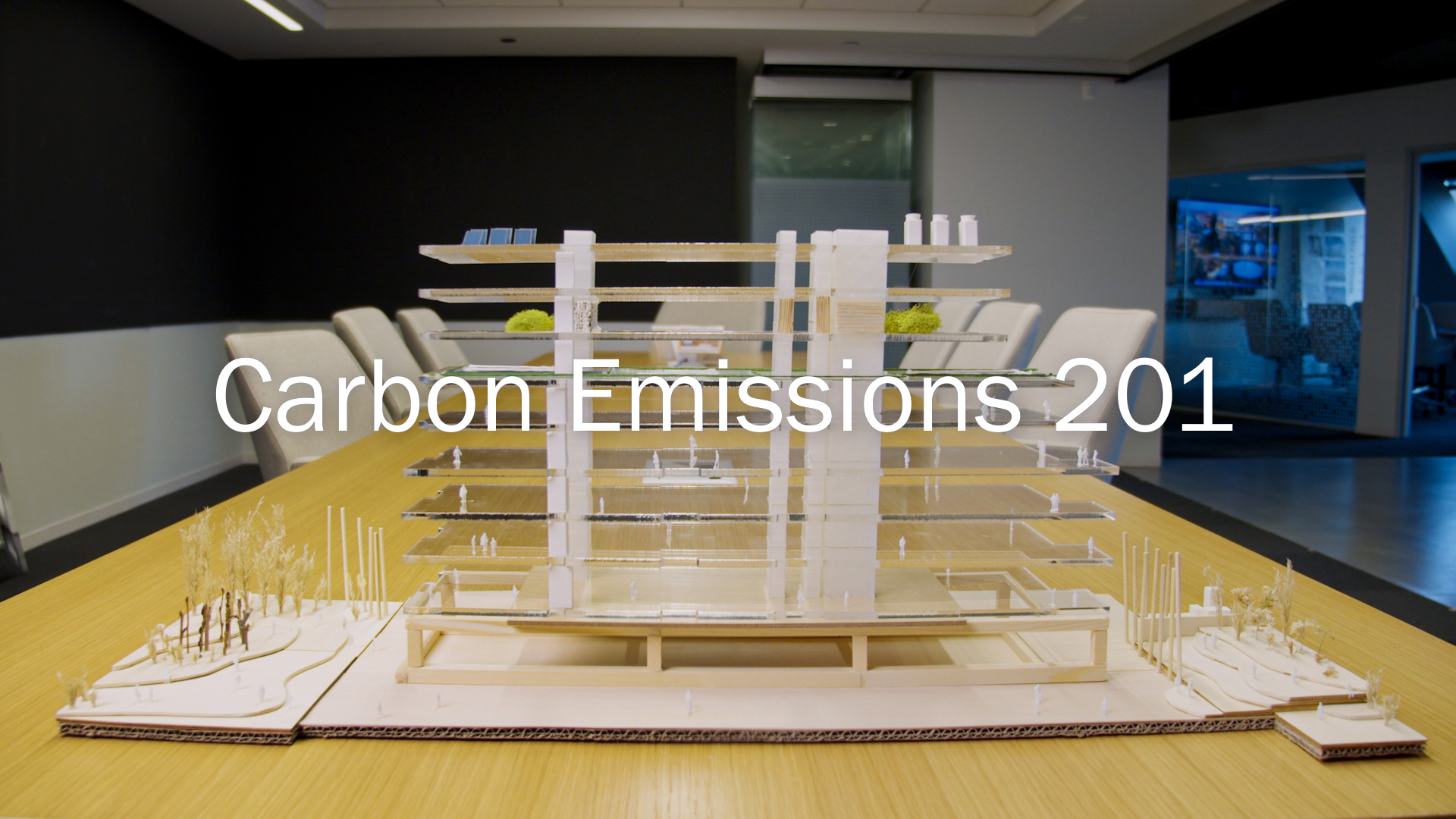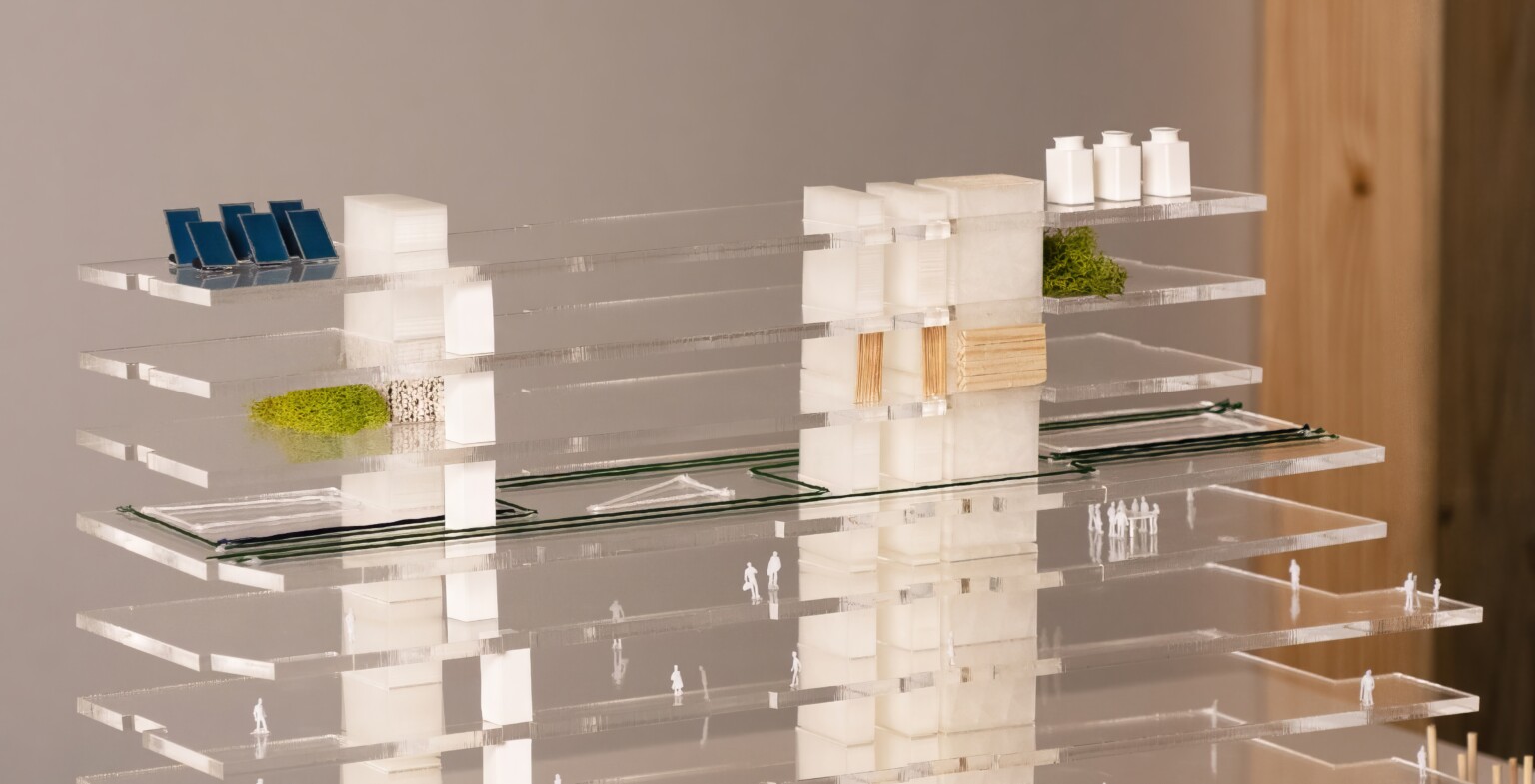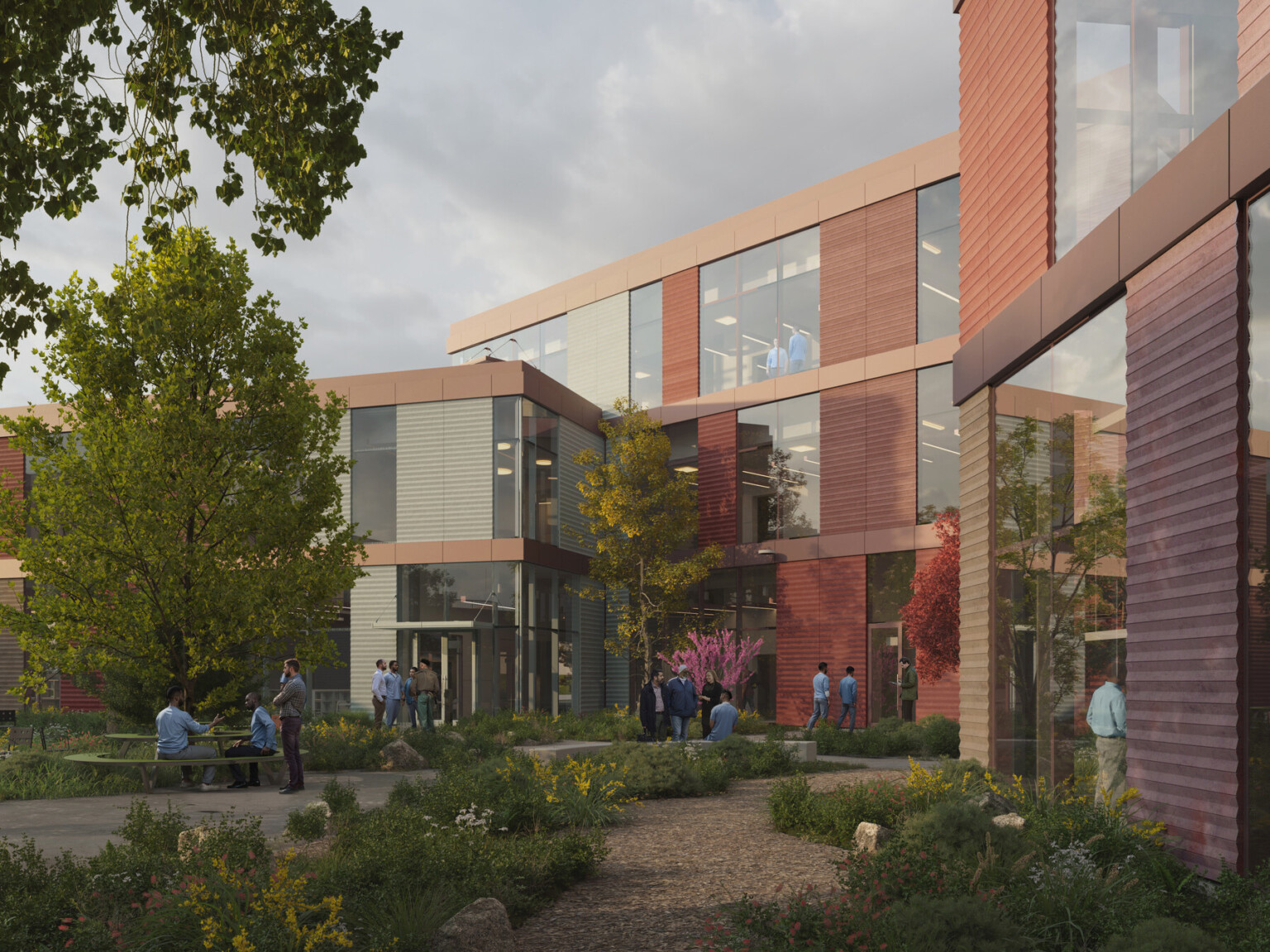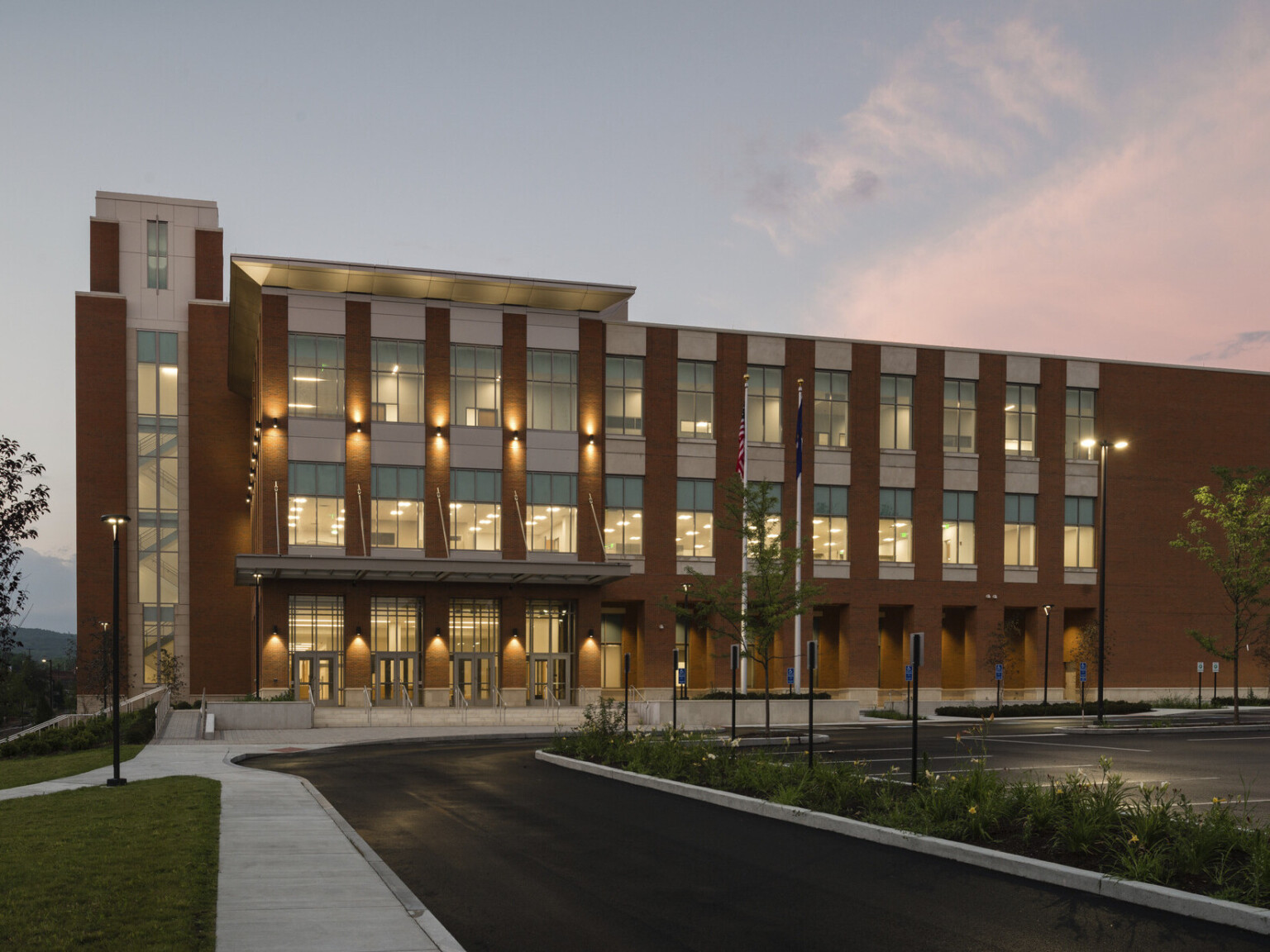Think back to that financial plan. What is one component that is better the less of it there is? Debt. On day one, a mortgage can seem overwhelming. But just like we chip away at mortgages with monthly payments, every move we make when designing and engineering a building chips away at the building’s potential carbon footprint, taking it from a worst-case scenario carbon hog to a zero-carbon showcase.
Space: The First Line of Defense
Buildings start with programming, which is the process of defining what a building needs to be and do, and how much space it will take. Smart programming allows you to accomplish specific needs with less space, while making sure people can still use the space easily. Since the lowest carbon space is no space, every square foot reduced during programming immediately and dramatically reduces a building’s potential carbon footprint.
All Systems Go
The next four high-impact reductions come from decisions engineers and high performance building designers make about building systems.
While houses are commonly built from wood, larger commercial buildings usually have concrete and/or steel structures, which are embodied carbon intensive. Recently, building codes have evolved to allow mass timber buildings of scale. Timber structure buildings have much lower embodied carbon. Since structure accounts for up to 50% of a building’s embodied carbon, switching to sustainably sourced timber structural systems can reduce carbon emissions by up to 40%, according to MIT Climate.
Outside the structure, a building’s skin is technically known as an envelope – and it should look and perform differently depending on where the building is located. When tuned to a particular place’s climate, envelope details like insulation, air leakage, ventilation, shading, and glass coverage reduce how much energy a building uses, which reduces its operational carbon footprint and saves utility costs.
In buildings, refrigeration means more than keeping your food cold in the kitchen. The much bigger carbon culprit is cooling buildings with air conditioning, which is called mechanical cooling. Passive design strategies, like which direction a building faces or where windows are placed, can reduce the need for mechanical cooling.
Electrification’s contribution to carbon reduction centers on helping buildings rely less on fossil fuels to operate, or run. By removing gas or oil dependent building systems – for example by using electric heat pumps instead of a gas-powered heating system or by specifying fully electric kitchens instead of gas stoves – our electrical engineers shift power needs so that they can be serviced by renewable energy sources like solar and wind.
Materials Matter
With program and systems carbon reduced, our architects and interior designers turn their attention to materials. Across a whole building, materials add up. From the building’s envelope to interior materials and furnishings we touch and see every day, they can constitute up to 40% of a building’s embodied carbon.
Interior designers specify thousands of materials like these in every building, each with dozens or hundreds of choices from different manufacturers. Many material-related factors contribute to a building’s total carbon footprint, including durability, manufacturing location, and carbon storage capacity. Just like walking down a grocery aisle comparing nutrition labels, environmental product declarations help our designers make carbon-conscious material choices.
The Last Mile
With shrewd programming, systems, and materials decisions we’ve gotten close, but not quite all the way to carbon neutrality. Getting from 70% or 80% to 100% carbon reduction is exponentially harder. This is known as the last mile, and it’s where my smart building and renewables colleagues shine.
Once people are in a building and using it, operational carbon can be measured and reduced. A smart building has controls that minimize operational carbon leaks, or inefficiencies in how the building runs that contribute to carbon emissions. Here’s an example. Why heat, cool, or light a room when no one is in it? Pairing occupancy sensors with zoned, automated HVAC and lighting controls means less mechanical heating or cooling and less electricity for lighting when fewer people are in specific areas of a building. With a smart building, facility managers have the data they need to continually improve the building’s operation.
The last steps in carbon reduction in a building are ironically about production and storage. While conservation and efficiency measures reduce reliance on fossil-fuel powered grid systems, on-site renewable energy production and storage can take a building over the zero energy – and zero carbon – finish line. Generating energy with solar takes 95% less carbon than generating it with oil or coal according to the United Nation’s Intergovernmental Panel on Climate Change. Experienced renewables engineers get the most out of solar systems with advanced placement and sizing configurations and calculations.
Finally, carbon storage represents a new frontier in decarbonization. Some materials – like wood – don’t simply help us to reduce new embodied carbon, they also naturally store carbon that has been emitted in the past. New technologies are emerging for specially engineered materials that actively capture carbon from the atmosphere and lock it away in the building.
Now that you can picture all the major components that go into a zero carbon building, you’ll start to wonder what a building looks like when these tactics are brought to life. In Carbon 301, coming soon, we’ll graduate to a case study of a nearly operational carbon neutral DLR Group project. A handy equation will break down how we looked at the case study’s total carbon across its whole lifespan.
Read more about our approach to Sustainability.












